For the revolutionary struggle is not between capitalism and the spirit, but between capitalism and the proletariat.
On the other hand, the better informed he is of his position within the production process, the less willing will he be to pass himself off as an exponent of the spirit....
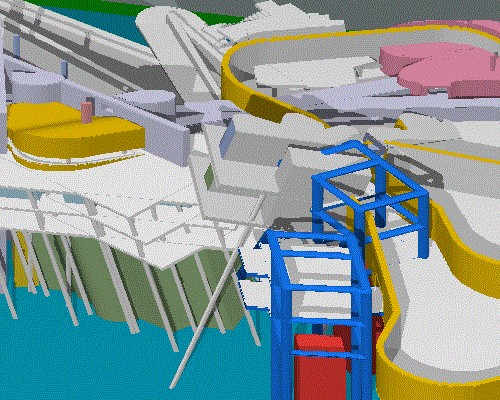
However thoroughly he will be able to channel his work towards the end, then so much more just will be this tendency, and so much higher will be the technical quality of his work.
Has he any suggestions for transforming his work and role?
Does he foresee the way to organize the intellectual tasks within the production processes themselves?
And to the architect who accepts the new role which the difficult present-day reality proposes, we shall not tire from asking:
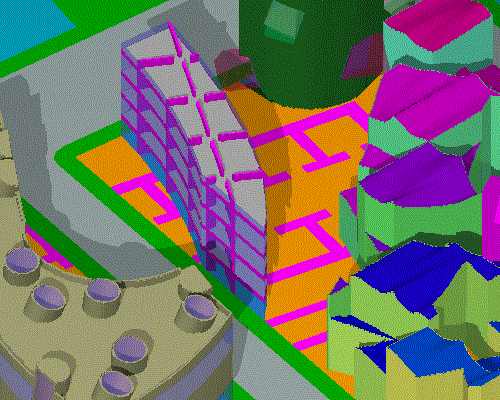
Once again, the questions posed by Benjamin are the ones which, as obstacles along our way, must be confronted.
The conclusions of our discussion cannot but be fraught with difficulties.
| |
It becomes so much more than the ideological contortions of the technicians who, "curved over the drawing boards continue to extract the wrong sums," as Brecht would say.
In this context, the General Strike, which in 1969 marked a new phase in the Italian workers' claims centered on the city and the house, becomes a fundamental chapter in the historical method we are proposing.
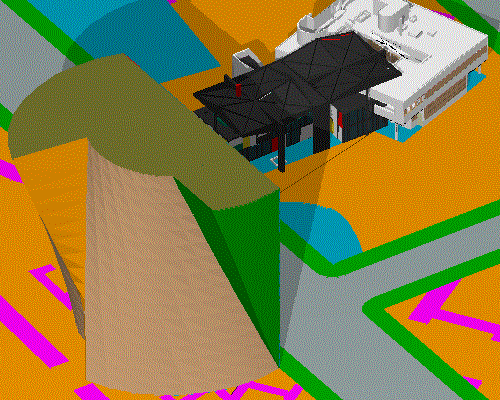
The criticism of ideology--an ever useful weapon in overcoming the rearmost positions and in chasing away the danger of following as "revolutionary" those false paths laid out by the enemy that lead into the desert--may at this point be translated into an analysis of concrete techniques which will favor capitalistic development.
Yet these questions give us a precise sense of direction in action, a field of encounter and confrontation directed towards a greater knowledge of reality.
These questions cannot be readily answered without seriously challenging the present-day crystallization of intellectual work and therefore without challenging our capitalistic division of labor.
And how has it chosen to identify itself as an instrument of these organizations?
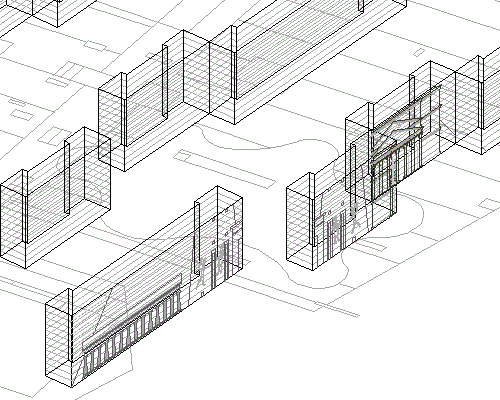
How must it transform itself (once it has singled out as its own reference the class organizations)?
What indeed does it have to offer for itself at that level?
| |
It is logical that the question criticism poses to that which we can no longer name architecture but rather a general organization of building processes, must be the same one it asks of itself; that is, in which way does criticism enter into the production processes?
The task of criticism is then to recognize those attempts, to favor them in the field of historical analysis and to cruelly reveal their deficiencies and ambiguities, thereby making it readily known that those unanswered problems are the only ones worthy of "political" action.
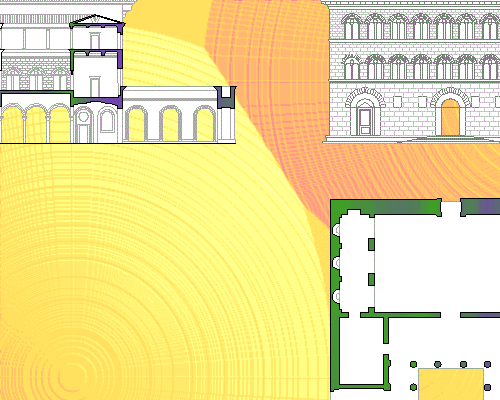
There remains, nonetheless, the fact that, notwithstanding all the possible distortions and ideological vices which these approaches convey, there does indeed exist a history of attempts towards a comprehensive organization of intellectual work within the relations of production,
This becomes apparent, as when the nature of the problem undergoes a change and creates a crisis of implementation, as seen in the impact between radical European architects and the first Soviet Five Year Plans, or between the members of the RPAA and the contradictory politics of the New Deal, as well as when the very process of proposed development calls into question the role of ideology or of its utopian models.
Certainly, all these attempts are still held back by strong ideological ties. In the first place, they are inhibited because they aim towards the "solution" of unresolvable contradictions without reckoning with the concrete class movements (which are the only forces which may give meaning to the struggles for institutional reforms), secondly, because they consider intellectual work as autonomous, being an instrument which can only influence structural reforms by means of preserving and strengthening its own utopian character.
With these emerge a new attitude towards the role which intellectual work may undertake in its efforts to remove the capitalistic contradictions in building and in the planned utilization of resources.
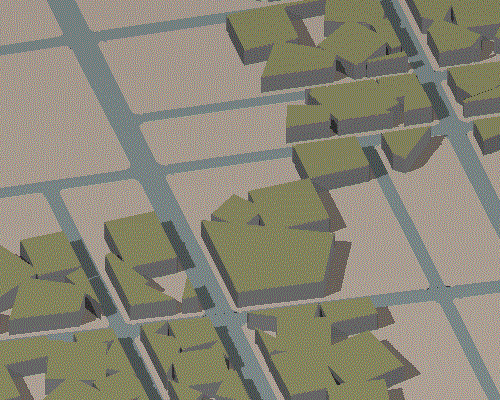
A new historical sweep will connect figures such as Friedrich Naumann, Henry Ford and Walter Rathenau--men whose intent has been to impose on architects a series of new organizational tasks within the capitalistic production cycle--with men such as Martin Wagner, Parvus, and Ernst May who have given concrete meaning to the Social Democrats' plan to manage housing and attempts to practice land policies with lobby groups, such as those centered on Frederick Law Olmsted or on the Regional Plan Association of America.
Going beyond such anachronisms, the history of modern architecture will be rewritten, thereby favoring the moments and attempts which answer best to the questions set out by Benjamin.
|





